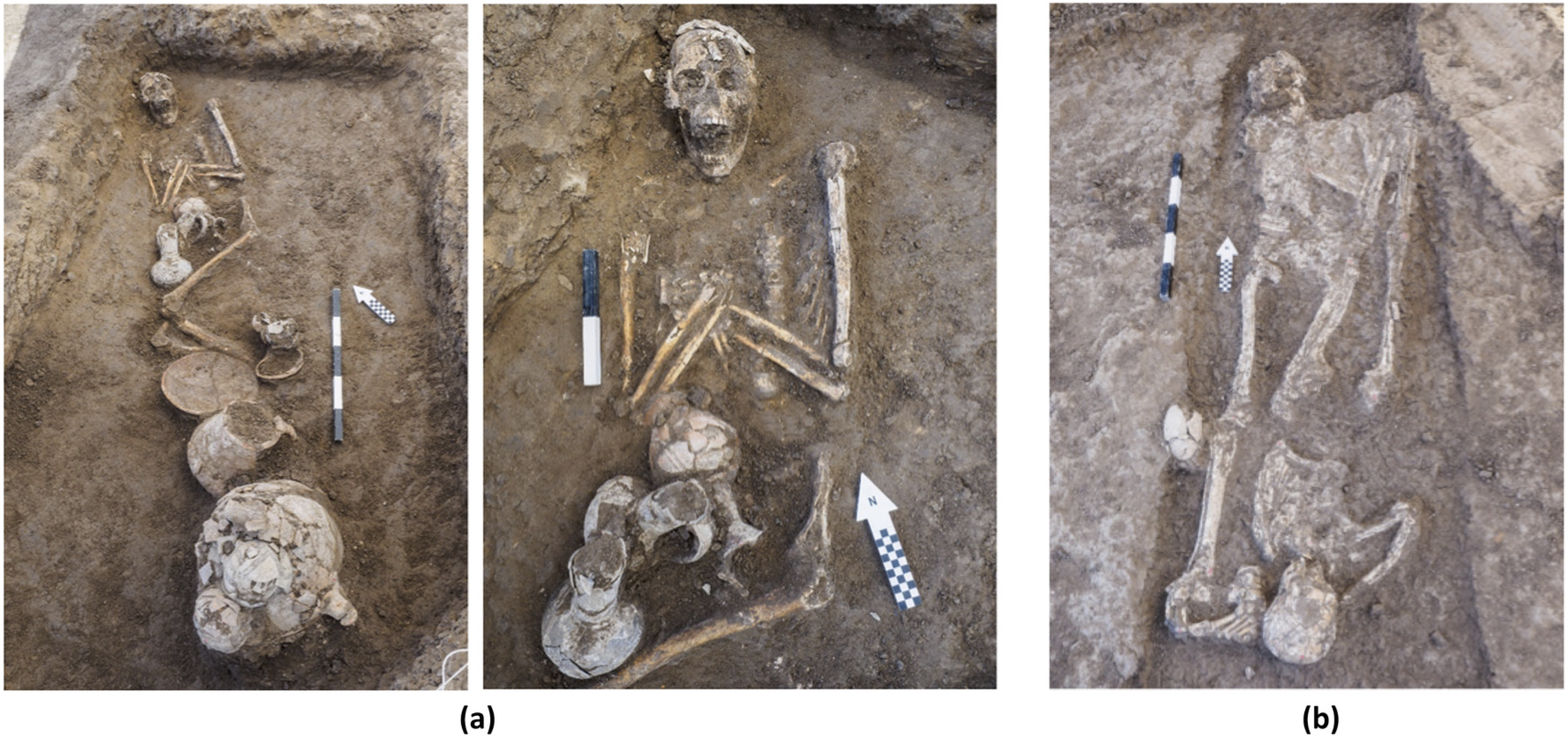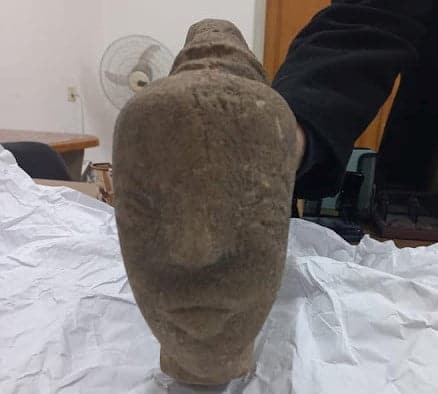The discovery was made at an excavation site called Tel Yehud with archaeologists uncovering several ceramic vessels that contained opium residue.
They were found amongst Canaanite graves from the late Bronze Age and the early hypothesis prior to testing was that the ceramics contained ancient drugs from Cyprus.
After testing, experts were able to determine that the shards come from the 14th century B.C.E and give proof to historical writings and hypothesis that suggest a strong opium trade in the region.
Dr Ron Be’eri of the IAA had a few ideas as to why the pots of opium were placed in the graves.
“The pottery vessels had been placed within the graves were used for ceremonial meals, rites, and rituals performed by the living for their deceased family members.
“The dead were honoured with foods and drinks that were either placed in the vessels or consumed during a feast that took place over the grave, at which the deceased was considered a participant.
“It may be that during these ceremonies, conducted by family members or by a priest on their behalf, participants attempted to raise the spirits of their dead relatives in order to express a request, and would enter an ecstatic state by using opium.

Although Dr Be’eri did stress that these were only hypothesis as there are no written sources that talk about opium use in the ancient world.
However Director General of the IAA Eli Escusido is hopeful that future technology will help archaeologists uncover more information.
“New scientific capabilities have opened a window for us to fascinating information and have provided us with answers to questions that we never would have dreamed of finding in the past,” he said.
One can only imagine what other information we will be able to extract from the underground discoveries that will emerge in the future.”






